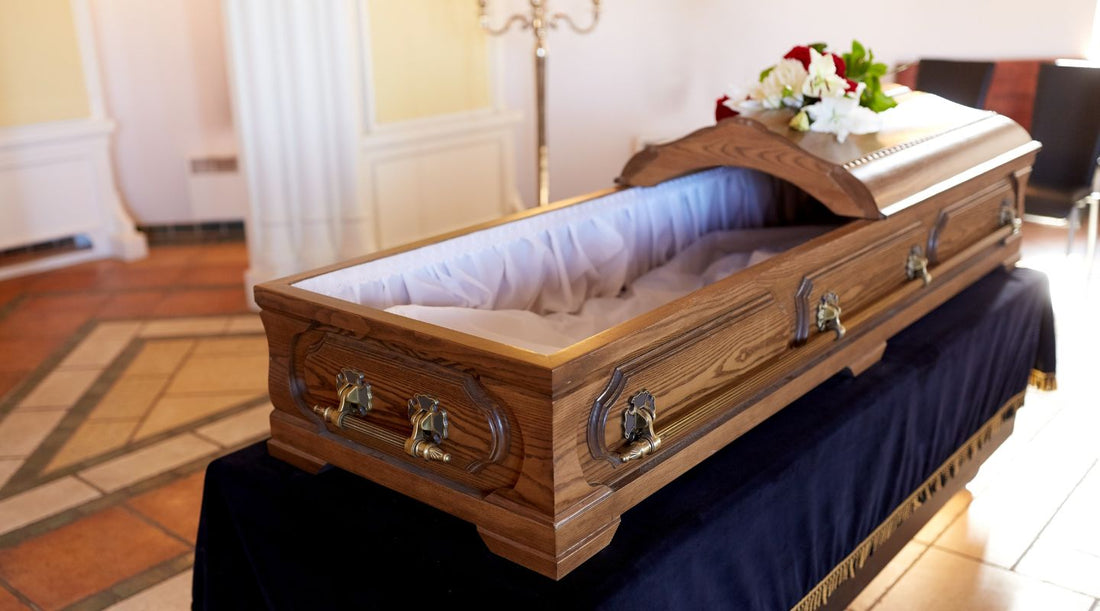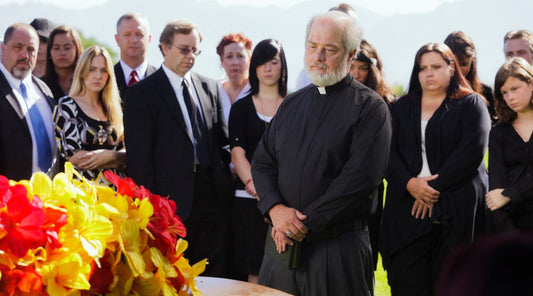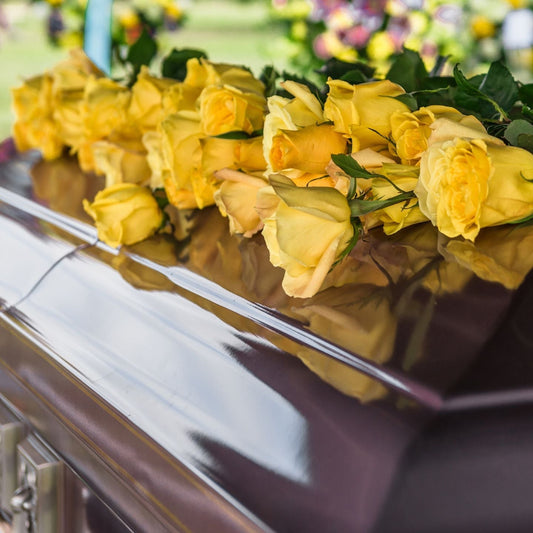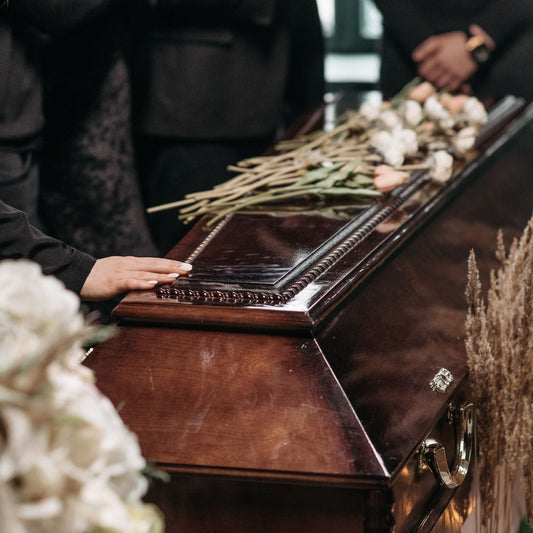
How Is A Body Prepared For Cremation?
Cremation is becoming a more common choice for families when saying goodbye to a loved one. It’s often more affordable than burial, and it also offers more flexibility when it comes to memorials and final resting places. Still, many people don’t know what actually happens before a body is cremated. This can lead to questions and uncertainty, especially during an already emotional time.
In this guide, we’ll walk you through each step of what happens when a body is prepared for cremation—from the paperwork and identification to the actual process and what happens afterwards. Whether you’re planning ahead or dealing with a recent loss, understanding the process can help you feel more at ease and make informed decisions with confidence.
1. Paperwork and Permission
Before anything can happen, there are a few important documents that need to be completed:
- Death certificate: This document confirms the person has passed away and includes basic information like the cause and time of death.
- Cremation authorization form: This is signed by the closest family member or legal representative. It gives official permission for the cremation to take place.
- Cremation permit: Some states require this to make sure all rules are followed. It’s usually issued by the local health department.
These forms make sure everything is done legally and with respect to the family’s wishes.
2. Making Sure the Right Person Is Cremated
Making sure the right person is being cremated is very important. When the body arrives at the funeral home or crematory, it is given a unique ID number. This ID stays with the body through every step of the process—even during the actual cremation—and is returned with the ashes. Funeral staff also record every time the body moves or is handled. This careful tracking system gives families peace of mind that there are no mix-ups.
Some families choose to be present at the start of the cremation, which can be comforting and help them feel more involved.
3. Cleaning and Preparing the Body
After paperwork and identification are taken care of, the body is gently washed and cleaned. This is done with care and respect. The hair is brushed, and the skin is cleaned using safe products. If there will be a public viewing, staff may also apply light makeup or set the facial features so the person looks peaceful.
Unlike burial, embalming is usually not required for cremation unless there will be a delay or the body will be on display at a service. If not, refrigeration is used instead to keep the body preserved until the cremation.
4. Removing Medical Devices and Belongings
Before cremation, any medical devices that could cause problems must be taken out. For example:
- Pacemakers can explode in the heat, so they must be removed carefully.
- Other items like defibrillators or certain implants may also need to be taken out.
Personal items such as watches, glasses, or jewellery are usually removed as well. Families can choose whether to keep these items or have them cremated with their loved one—though some materials aren’t safe for the process. Funeral staff will explain your options and follow your wishes.
5. Dressing the Body
Next, the body is dressed in clothing chosen by the family. This might be a favourite outfit, a uniform, or something simple and respectful. Many families also choose a plain gown or shroud. It’s important to know that synthetic materials or clothing with metal parts might not be allowed, as they can cause issues during cremation.
Dressing the body is a way to show love and care, and it can reflect the personality or faith of the person who passed away.
6. Placing the Body in a Cremation Container
Once the body is ready, it’s placed in a cremation container. This is not the same as a traditional casket—it’s a simpler, combustible box made from cardboard, wood, or another safe material. Some families choose a ceremonial casket for a viewing, then transfer the body to a cremation container afterwards.
This container makes it easier and safer to place the body in the cremation chamber and helps maintain dignity throughout the process.
7. Storing the Body (If Needed)
If the cremation can’t happen right away—for example, if family members are travelling or paperwork isn’t ready—the body is kept in a refrigerated room. This is a common and safe way to delay cremation while making sure the body is respectfully stored.
Refrigeration is often preferred over embalming, especially when the cremation will happen within a few days.
8. The Cremation Process
When everything is ready, the body (inside the container) is placed into a special machine called a cremation chamber or retort. The chamber is heated to around 1400–1800°F (760–980°C), and the process usually takes 2 to 3 hours.
During this time, the high heat breaks down the body. All that remains at the end are bone fragments and some small metal parts, like surgical screws or dental fillings. These fragments are removed once the chamber has cooled down.
Cremation is done with great care, following strict procedures to make sure everything is handled correctly and respectfully.
9. Processing the Ashes
After cremation, the remaining bone fragments are cooled and checked again for any leftover metal. These pieces are removed and recycled or disposed of properly.
Then, the remaining fragments are placed in a machine called a cremulator, which grinds them down into a fine, sand-like powder. This is what most people know as “ashes” or “cremated remains.”
The ashes are placed in a temporary container or the urn chosen by the family. Some families also choose small keepsake urns or jewelry so multiple people can keep a portion of the ashes close.
10. Returning the Remains to the Family
Finally, the ashes are returned to the family, usually within a few days. Along with the ashes, families receive a certificate of cremation that includes the name of the deceased, the date of cremation, and other details for their records.
What happens next is entirely up to the family. Some keep the urn at home, while others place it in a cemetery, scatter the ashes in a meaningful place, or divide them among loved ones. There are also eco-friendly options, like biodegradable urns for water or ground burial.
Funeral directors can help families understand the rules in their area and explore meaningful options that match their wishes.
Conclusion
Losing someone you love is never easy, and it’s natural to have questions about what happens after they’re gone. Knowing how a body is prepared for cremation can help reduce fear or uncertainty. Every step in the process—from the paperwork and preparation to the return of the ashes—is done with care, respect, and professionalism.
If you’re planning a cremation or simply want to be informed, we hope this guide has helped you better understand what to expect.
If you have any questions, you can contact us at (800) 950-4042 orinfo@trustedcaskets.com. We’re here to help you choose the right casket with care and compassion. Visit our website at Trusted Caskets to view our full range of caskets and start the process today.


